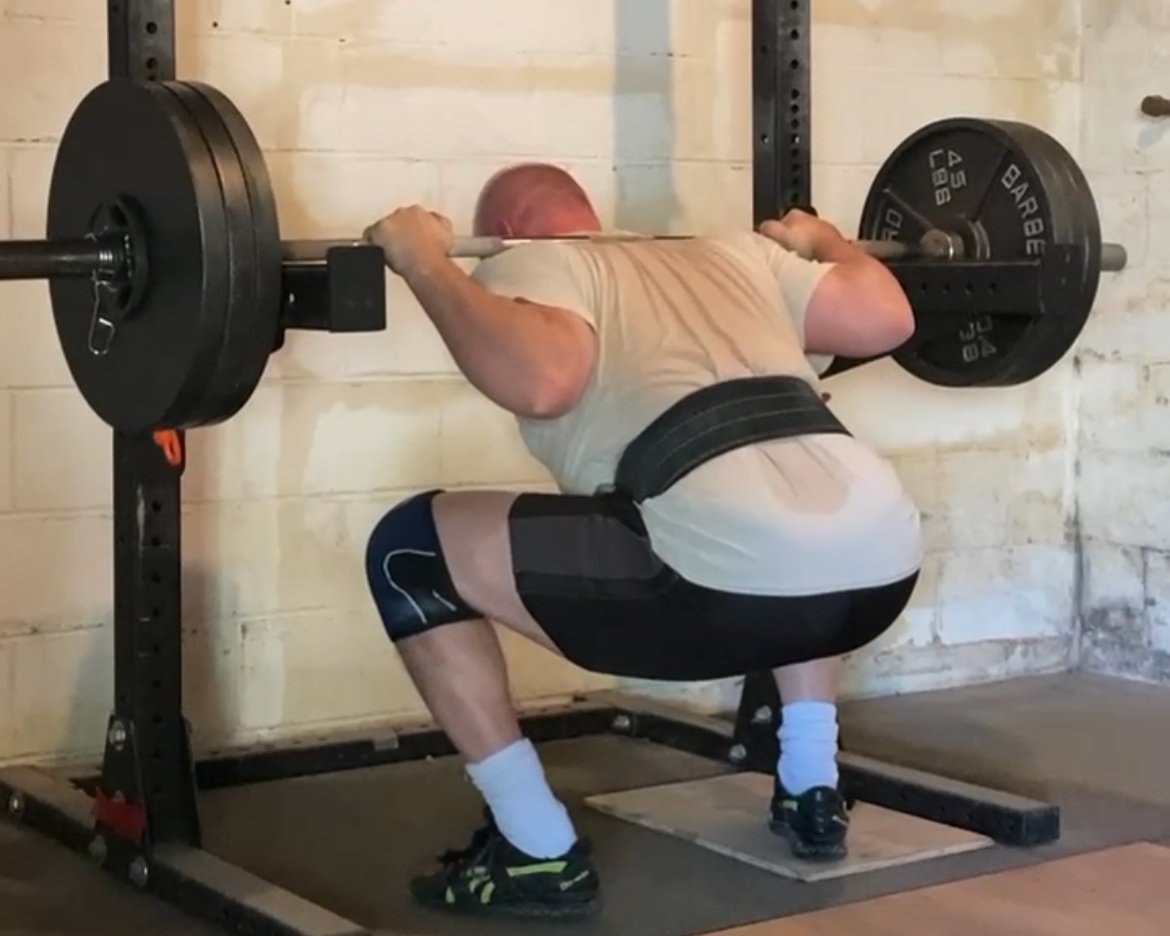Testify Gazette - September 23, 2024
/THIS WEEK'S SUBMISSION
From our video "What I find horrifying, even more than death..." (click the title to watch):
JBravoRebel
I've shared this very, very important message, via this video, with others. Thank you.
Phil
That’s great to hear, and thank you as well.
TESTIFY ONLINE COACHING
Want to get stronger working remotely with one of our Starting Strength Coaches? Click here to contact us and learn more.
Get Stronger. Live Better. Start today.
ARTICLES & VIDEOS
Shorter Workouts! | More Gains in Less Time
You want to get strong, but you don't have all day to spend in the gym. What do you do? Click here to watch.
The ONE Thing Fitness Magazines WON'T Tell You About the Squat
There is ONE thing that fitness magazines and other "experts" will never tell you to do when squatting, and it's the one thing that will make your squat better. Click here to read.
Blast from the Past: Starting Strength Squat/Low Bar Squat | Fix Your AWFUL BACK!
Is your awful back wreaking havoc on your squat? In this video - our first in a series of Saturday Shorts on fixing the squat - we quickly discuss and demonstrate how to solve this problem. Click here to watch.
Blast from the Past: The Pin Squat: What, How, and Why
What are pin squats, how do you perform them, and why might a lifter do them? Phil explains. Click here to read.
“GET STRONGER - LIVE BETTER” SHIRTS ARE AVAILABLE!
Why do you train? Because getting stronger makes everything else easier. Get stronger. Live better. “Testify” to this message and represent your favorite gym with this shirt in several color options.
Click here to head to the Testify Store.
WHAT'S COMING UP
Below are a few of our upcoming events, and you can find out what else is on the calendar by heading to our events page at www.testifysc.com/events.
Kickstart Your Strength!
Are you interested in getting stronger? Book your "Kickstart Your Strength!" session for Friday, October 4th.
Talk with a coach about your fitness goals, see what getting stronger looks like at Testify, and learn to deadlift simply and safely.
Click here to register or for more information.
Testify Fall Classic
October 26, 2024
The annual Testify Fall Classic is back, and we invite you to be a part of it! This is a strengthlifting meet, which means the contested lifts will be the squat, press, and deadlift.
Click here to register or for more information.
Barbell Blizzard! A Winter Wonderland of Weights
December 14, 2024
Barbell Blizzard is a team strength meet wherein the contested lifts will be the squat, press, bench press, and deadlift. Competitors will form teams of 2-4 lifters/team and perform all 4 lifts; each lifter will receive 3 attempts for each lift.
Click here to register or for more information.
THIS WEEK’S CONDITIONING
Option 1
Sled
Outdoors:
10 rounds of:
Push sled 100 ft
Pull sled 100 ft (hand over hand)
Indoors:
20 rounds of:
Push sled 50 ft
Pull sled 50 ft (hand over hand)
Compare to 2024.07.22.
Option 2
Bike/row:
3 rounds of:
8 x 20 sec on/40 sec off
Rest 3 min between rounds
Score = lowest distance
Compare to 2024.07.01.
Option 3
5-10 rounds of:
30 sec ME tire flips
30 sec rest
Compare to 2024.06.03.
Option 4
1. 5 yoke carries @ 30 yd (15 yd downback) – work up to heaviest carry
2. 5 rounds of 5 reps on the axle “clean and press away” – work up to heavy set of 5
Compare to 2024.06.03.
As always, we hope this helps you get stronger and live better!













